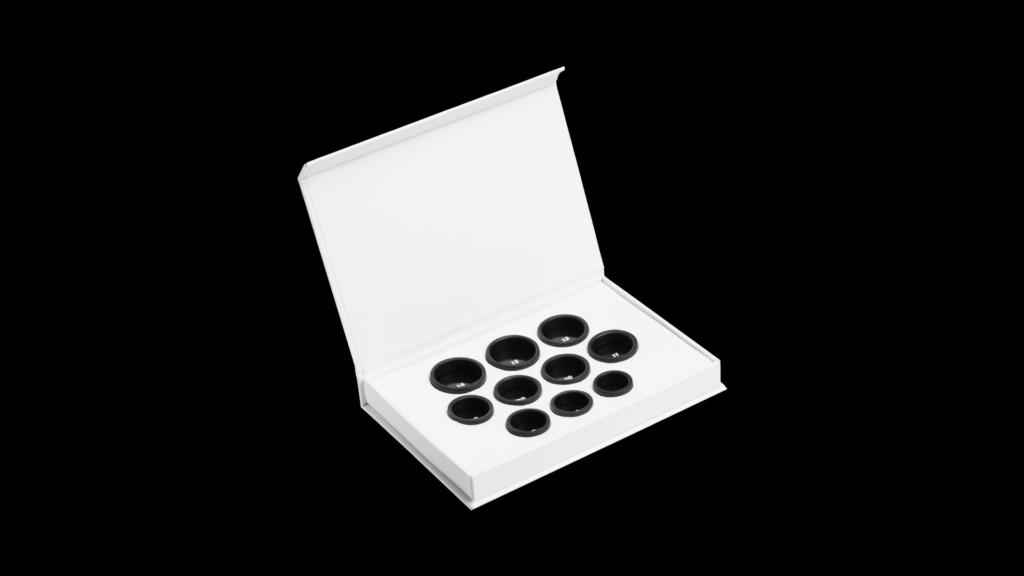Whether you’re an under-13 player aiming to play a good game for a club academy or an elite athlete playing at the international level, every person will feel the pressure at a certain point in their career.
Highlights
- This concept of wavering arousal levels is examined by each person’s individual zone of optimal functioning (IZOF). This is employed to describe how a certain amount of arousal is required to achieve peak performance, as opposed to the state of being completely calm,
- The prefrontal cortex functions well but managing expectations under the pressure to perform is not exactly normal. Under the influence of stress, the prefrontal cortex is not able to function as it usually does, due to the inhibiting effects of the hormone cortisol that are being released,
- Sticking to a clear action plan goes a long way in knowing how to regulate your perception in times of pressure and anxiety.
Arousal and IZOF (individual’s zone of optimal functioning)
Arousal can be defined as the magnitude of alertness and activated attention that a performer experiences. It is important for athletes and performers to maintain a stable and balanced level of arousal while preparing for and in the midst of an event. An excess amount of arousal has the potential to limit athletes and performers from reaching peak level performance. Interestingly, a lesser amount of arousal can also be disadvantageous, as it can reduce athletes’ motivation to prepare effectively.
This concept of wavering arousal levels is examined by each person’s individual zone of optimal functioning (IZOF). This is employed to describe how a certain amount of arousal is required to achieve peak performance, as opposed to the state of being completely calm. For instance, this notion can be compared to how a radio system functions—finding the right channel is important to transmit and receive vivid and high-quality content.

Factors that impact arousal levels need not necessarily originate from the training pitch or the main event, they can also arise from other epicentres, depending on each individual’s personal life. Some sources of pressure that have the potential to change arousal levels in the body physiology include different forms of expectations to be managed by the self, the fans, the media, the teammates/manager, etc. Other sources of pressure can be in the realm of interpersonal relationships, career development, environmental issues, personal issues, and so on.
While it is not easy to perform under pressure, one can try to understand how to go about it. This will help to build an achievable action plan to convert perceived pressure into clarity and motivation. Be it the ice-cold impenetrable mindset of M.S. Dhoni, or the emotional yet competent mindset of Virat Kohli, the perception of the situation, equipped with an appropriate mindset and controlled by an optimal level of arousal will help in executing a powerful performance under pressure.
According to each of our IZOFs, we can determine the right scenario under which we tend to perform at our best. For most, it is usually the sweet spot between being too relaxed and too anxious, when we are actually sharp and composed. For some, it might be towards the lower end of the scale, when they thrive under a more calming environment, while for others, it might be towards the other extreme, when they are able to function more effectively under a demanding amount of pressure.
The science
According to the inverted-U theory, developed in 1908 by Robert Yerkes and John Dodson, sporting performance increases in proportion to the arousal levels experienced—but there exists a threshold point to attain optimal performance output. Going above or below that threshold has proven to worsen performance, brought about by the self-regulation of anxiety and cortisol levels.
The primary function of the prefrontal cortex in our brain is to collect and gather information from the different sensory organs, categorize the data collected from these input systems, process and organize them and subsequently tell us how to respond to or act on each stimulus.
On a normal day, the prefrontal cortex functions well but managing expectations under the pressure to perform is not exactly normal. Under the influence of stress, the prefrontal cortex is not able to function as it usually does, due to the inhibiting effects of the hormone cortisol that is being released. Cortisol has the ability to block and decrease the function of the neural pathways and brain connections, resulting in an ineffectively functioning prefrontal cortex. Hence, the pressure to perform beyond the adequate amount can potentially result in behaviour like over-attention to performance cues, an undersupply of cognitive horsepower to direct towards the task as well as bouts of emotional paroxysms.
The ascending reticular activating system (or ARAS), a collection of nuclei situated around the upper brain stem and the posterior hypothalamus, functions as the ‘waking centre’ of the brain. It is designed to alert the cerebral cortex and also mediates the autonomic nervous system and the endocrine system. It increases the heart rate and blood pressure so that the desired amount of arousal and activation can serve their purpose (sharpening reflexes, the readiness to respond, sensory alertness, mobility, speed, and so on.
Actionables
While good habits are easy to break, they are not so easy to form. Sticking to a clear action plan goes a long way in knowing how to regulate your perception in times of pressure and anxiety. Knowing how to get into the right mindset is crucial in managing pressure, as the type of pressure differs from source to source.
Here are some practices you can follow to stay calm:
- Start your practice sessions in a pressurized situation. One option could be to start your game of football from 2-0 down and work your way up towards winning the game. This could be applied to other sports and non-athletic scenarios as well, as it prepares you to be in a mindset where the only goal is to overcome and strive for success.
- Practise visualization to prepare with better foreknowledge of how an opportunity to perform might turn out, as it gives a better sense of what to expect under similar situations and subsequently helps manage arousal levels and the ability to find the IZOF.
- Breathing exercises go a long way in managing cortisol levels, stress regulation, and the determination of IZOF in the body physiology; they also help maintain the integrity of the parasympathetic nervous system in calming the mind and body under intense pressure situations. One breathing technique that can be considered a rule of thumb in times that require an increase in arousal levels is practising deep and fast inhalations, coupled with long and slow exhalations to reduce arousal.
Conclusion
Perception of the situation aids in maintaining and regulating arousal levels in the body. It is the thin blurry line that separates elite performance and detrimental anxiety. Being able to perceive stressful stimuli through the right lens is extremely important to determine the optimal level of arousal required to beat that particular stress source using a pre-existing skillset.
One method to follow for the hacking of optimal performance under pressure would be exploring the boundaries of arousal levels to find your own IZOF. An interesting fact about the prefrontal cortex is that it is the final part of the brain to develop completely. Most neuroscientists and brain researchers agree that the brain is not fully formed till about the age of 25. Therefore, we can understand that time and training are required in journey of finding your own IZOF. The right strategy and technical ability, coupled with the right perception of the situation, will help in leaving nothing to chance and everything to peak performance.
Disclaimer: The contents of this article are for general information and educational purposes only. It neither provides any medical advice nor intends to substitute professional medical opinion on the treatment, diagnosis, prevention, or alleviation of any disease, disorder, or disability. Always consult with your doctor or qualified healthcare professional about your health condition and/or concerns before undertaking a new healthcare regimen including making any dietary or lifestyle changes.
References








